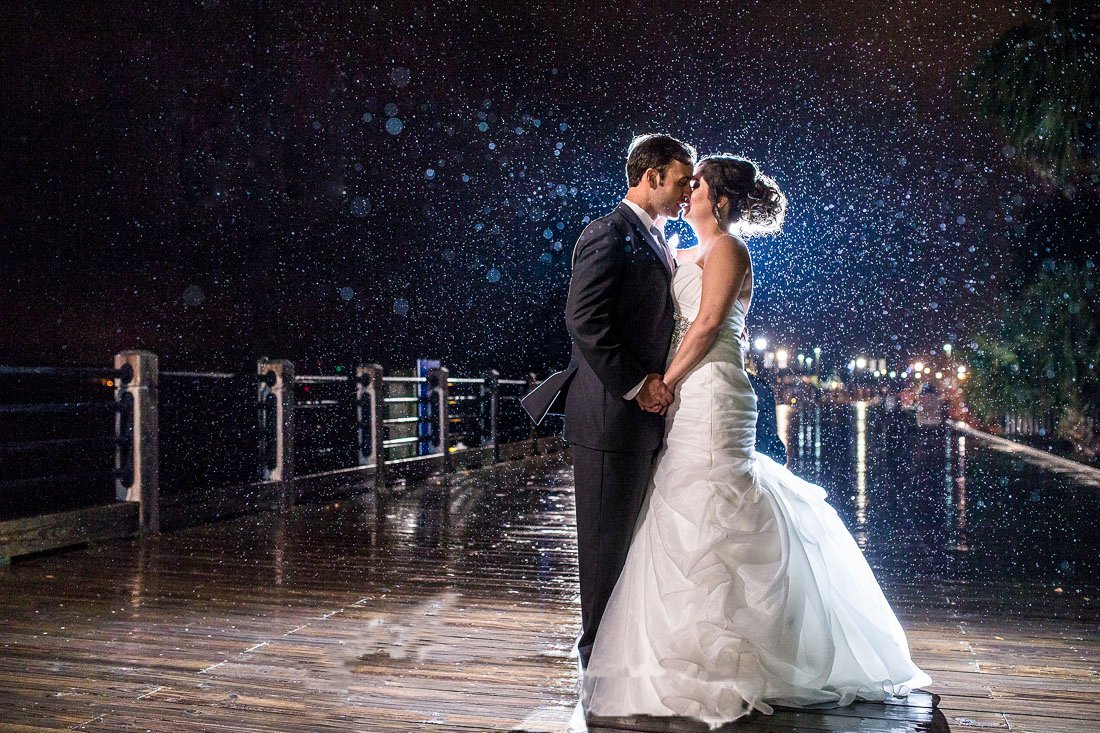Mastering the Art of Nighttime Wedding Reception Photography: Some Tips and Tricks


Wedding receptions are a time for celebration with the dance floors, candid moments, and such a magical atmosphere created by ambient lighting and joyful emotions. However, capturing these moments at night is a whole different challenge for photographers. While daytime wedding photography often takes advantage of natural light, night photography depends much on creativity, technical skills, and equipment knowledge. Mastering the nighttime photography of wedding receptions will mark you out as a confident and skilled photographer who can deal with any given light condition.
In this article, we’ll look at some practical tips and techniques that will help you master night photography for wedding receptions, ensuring that you deliver stunning images every time.
One major challenge that comes with night photography has to be the lighting involved. Unlike the daylight hours, which have an overabundance of natural light, evening events simply have limited sources of light and can be reduced drastically in dark reception halls or at outdoor venues. Understanding the use of light sources can make all the difference as a wedding photographer to give you beautiful photographs.
Probably the single most important tool to improve your nighttime photography is a fast lens. By fast, one means a lens with a great maximum aperture-or small f-number: f/1.4, f/1.8, and f/2.8 all qualify. That lets more light into the camera, which, as you’ll learn, is critical when there’s little to no light outside.
Popular fast lenses include the Canon 50mm f/1.2L, Nikon 85mm f/1.4G, or Sony 35mm f/1.8.
Night photography requires you to adjust certain settings in your camera to capture the best images of low light conditions. Fortunately, most modern DSLRs and mirrorless cameras have all the advanced features that will help you keep great shots at night. Let’s dive into some key settings for night wedding photography.
As I mentioned, a wide aperture—a low f-number—allows more light into the camera. For wedding receptions, an aperture of f/1.4, f/1.8, or f/2.8 is perfect since it’s a good balance between letting in light and maintaining a shallow depth of field.
In low light, there is a temptation to revert to slower shutter speeds. Using too slow a shutter speed creates a chance of causing blur due to motion, especially when photographing dancing guests. Balance the shutter speed against the movement of the subject. A good general starting night wedding photography point is around 1/100 to 1/200 seconds for still subjects and slightly faster—1/250 or more—for moving subjects.
ISO defines the sensitivity of your camera’s sensor to light. Higher ISOs will allow shooting in darker conditions, but will also introduce noise into the image. You might want to shoot at higher ISOs during night wedding receptions, even as high as 1600 or 3200 or more, but a balance should be reached between exposure and noise.
Go out at an ISO 1600, then test for results. If you are underexposing your pictures, then begin gradually increasing your ISOs. Remember, though, the higher you go on the ISO scale, the greater possibility of encountering noise, so review on the back of your camera as you often should.
When you’re working with very little ambient light, you’ll often need to add some of your own. Using off-camera flash or LED lights is a great way to create a more professional, dynamic effect for your night photos.
Off-camera flash allows you to position the flash at various angles, creating more flattering lighting and dramatic effects. You can either use a light stand to place your flash further from the camera or have an assistant hold it.
LEDs are perfect substitutes for flash, especially when one wants to add soft, continuous light to the photos. LED lights are less intrusive than flash and will help you get natural-looking light.
To make sure the off-camera flash or LED light doesn’t overpower your scene, use light modifiers like softboxes, umbrellas, or diffusion fabrics that will help soften the light and make it more flattering.
The first important thing that you need to shoot at night is getting the right white balance. Indoor light sources, such as tungsten bulbs or candles, tend to add a warm—which means yellowish/orange—color cast in your photos. If you do not set the white balance properly, photos can easily get too warm or unnatural.
You can always correct white balance in post, but it’s always better to get it right in-camera.
Long exposure photography of the wedding reception brings out the magical feeling. A lot of potential in capturing this using slower shutter speeds can effectively express the moving feeling of people dancing on the floor or, in some cases, sparklers upon exit.
Long exposure can give an artistic feel to the photos at your wedding and allow capturing the ambiance.
Nighttime photography can be quite unpredictable with lighting, and post-processing becomes a major part of the workflow. Shooting in RAW format gives you most of the flexibility while adjusting exposure, white balance, and other settings in post-processing. A RAW image file retains a bunch of information gathered by your sensor, so changes are possible up to a broader degree without reducing image quality, while shooting in JPEG compresses the image into itself, so in later photo post-processing, minute details may also be lost due to a lack of flexibility.
Wedding receptions are composed of so many moving elements, and it is quite easy to get lost amidst all the elements. However, your focus should really be on the key moments of the reception: the first dance the couple will do, toasts, cake cutting, and candid moments of people having fun. These are the things that will create lasting memories for this couple and their loved one. These might be hard to see at night since they may be buried among the darkness, but having some knowledge about lighting and camera settings will make you anticipate some key events and put you in place. Always be ready to change your setting within a second, mostly if the light condition changes abruptly.
Now that the reception is done, we shall proceed towards working on improving your post-processing skills for night-time wedding photos of couples. Sometimes in editing night-time shots, quite often you really need to shoot exposure, reduce a bit of the noise, enhance color balance to name a few.
Mastering night shots for wedding reception photography is a matter of technical experience, creativity, and time to perfect. The ability to make the most out of the factor of illumination, tuning your camera with optimal settings, having the necessary equipment, and creating a number of post-processing methods will let you shoot marvelous photos despite difficult lighting. Wedding receptions are about feelings, and what happens in such moments is really pure magic, catching which in joyful pictures is indeed the real thing in life. Practice and attention to detail are what will help in the creation of beautiful and memorable night-time images, which the couple and their families will always treasure.

